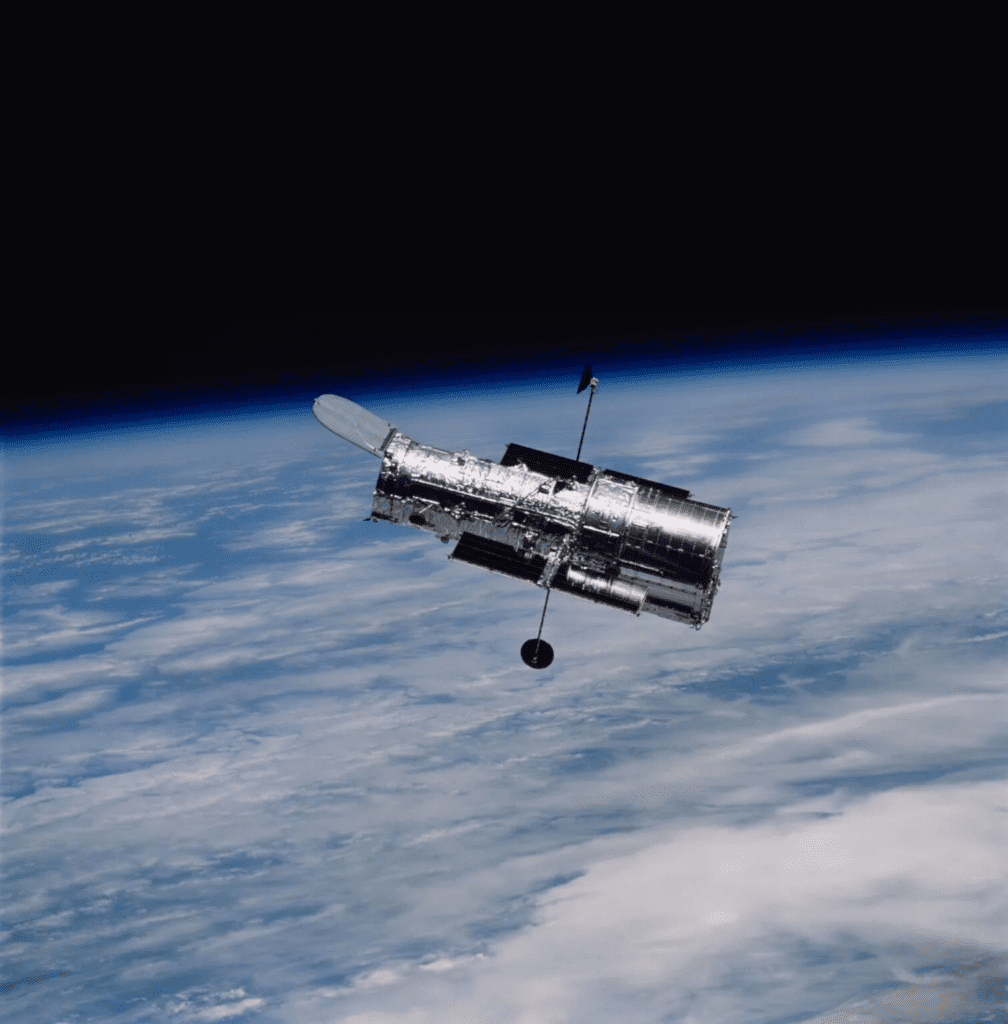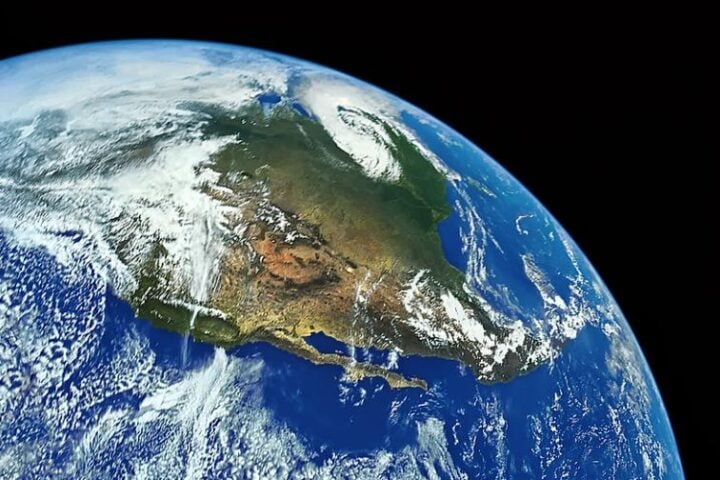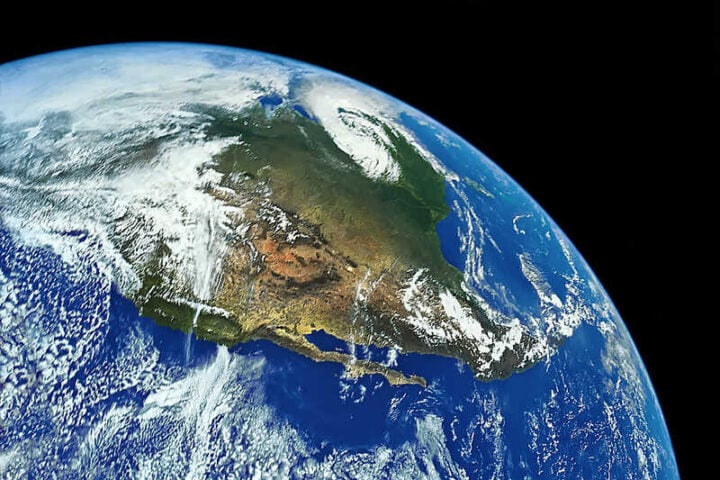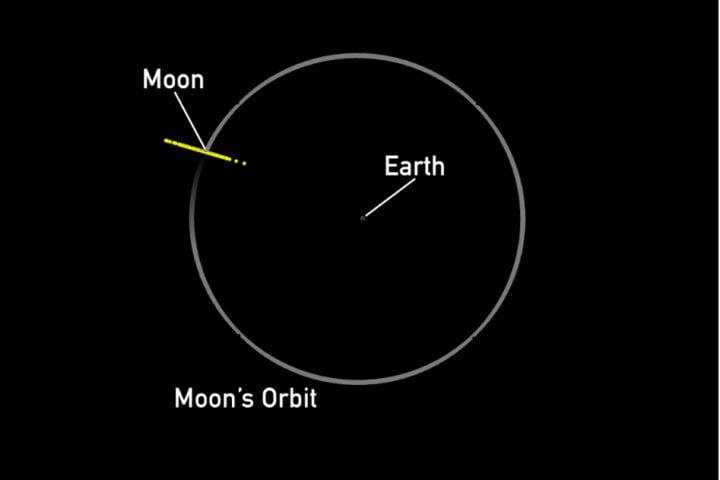After a successful experiment on the International Space Station (ISS), Japanese researchers are developing the world’s first wooden satellite. The wood used in the experiment proved to be sturdy and unaffected by cosmic rays and solar particles during a 10-month period outside the ISS.
The experiment was carried out in collaboration with a team of researchers from Kyoto University, and the Japan Aerospace Exploration Agency (JAXA) in partnership with a logging company called Sumitomo Forestry. The experiment took place aboard Japan’s Kibo module on the ISS, paving the way for the construction of a wooden satellite named LignoStella.
The satellite will only have wooden parts in areas that would typically be made of aluminum. Among the three types of wood tested, magnolia wood was found to be the most durable and will be used to build the experimental satellite. The durability of wood in space could lead to simpler satellite designs that are less prone to failure.
The use of wood as a building material for satellites is gaining attention due to its sustainability and potential benefits for small satellite designs. The wood samples underwent strength tests and structural analyses aboard the ISS’s Japanese Experiment Module Kibo. Contrary to expectations, the wood did not suffer any cracks, peeling, warping, or surface damage during its time in low Earth orbit.
Wood has advantages over metal satellites as it would burn up completely upon reentry into the Earth’s atmosphere, preventing the creation of space debris. Wood’s ability to allow the passage of electromagnetic waves enables antennas to be placed inside the satellite, simplifying the design. Despite being perceived as fragile, wood has proven its durability in space and should be considered as a viable material.
The wood samples used in the experiment were retrieved by JAXA astronaut Koichi Wakata and returned to Earth via a SpaceX resupply mission. Exposure to harsh conditions in space, such as temperature changes and radiation, did not cause any decomposition or deformations in the wood samples. Based on the findings, the research team selected magnolia wood for the construction of the upcoming LignoSat due to its workability and durability.
Similar Post
The LignoStella Space Wood Project, initiated by Kyoto University and Sumitomo Forestry, aims to launch the first wooden satellite next year. The use of wood in space also has environmental benefits, as it avoids the release of harmful substances upon reentry.
Another project called WISA WOODSAT had plans to launch a wooden satellite but experienced delays. WISA WOODSAT’s plywood outer layer represented sponsorship from the plywood manufacturer WISA and highlighted the sustainability of wood as a space material. Wooden satellites have the potential to revolutionize small satellite designs and contribute to a more sustainable space industry.
The success of the wood experiment on the ISS opens up new possibilities for using unconventional materials in space exploration. Research on wood as a space material showcases the continuous innovation and exploration happening in the field of aerospace engineering. The development of a wooden satellite reflects humanity’s efforts to find eco-friendly solutions and harness the potential of natural resources beyond Earth.

















